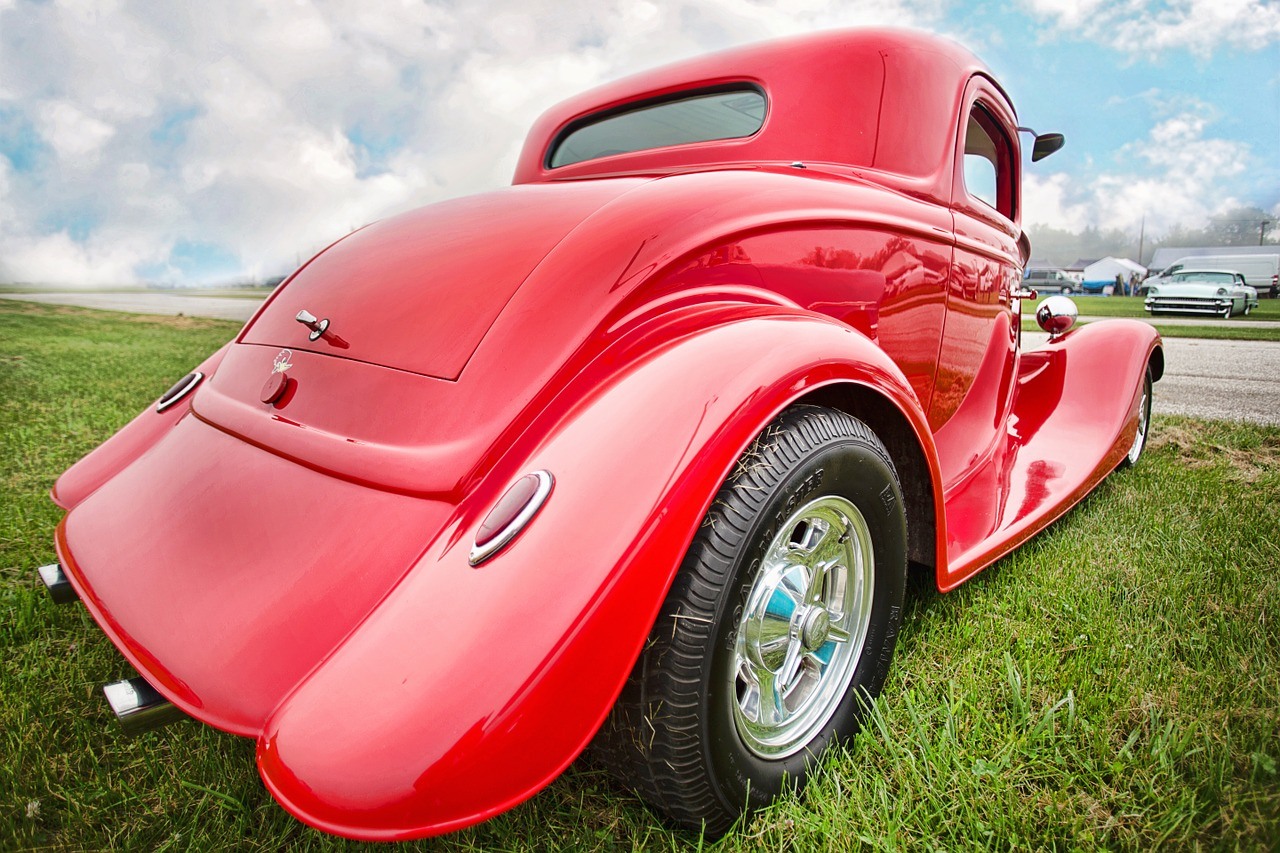
Whether you have a vintage hot rod or an average, older run of the mill vehicle, waxing your car is something you should know how to do properly. Waxing your car helps to make your vehicle look better while also protecting the paint job’s lifespan. Knowing how to wax and buff the right way can help to save a significant amount of money in the long run.
Needed Materials
If you don’t already have one, you will need to invest in an electric orbital buffer which usually run between forty and three hundred dollars, higher end models usually cost between two and three hundred dollars however buying used may be significantly cheaper. Another tool you can use is a high speed angle grinder which has a buffing wheel attachment, this tool also falls in the same price range, usually running between $50 and $500. Buffing pad replacements generally cost five dollars per and you will also need buffing compound. You can purchase microfiber cloths, car wax and car polish all together in the form of a kit for roughly between $10 and $20. Auto supplies are certain to carry these items, however such items are just as easily found on the internet, often with free shipping from certain retailers.
Using an angle grinder with buffing wheel usually will yield the best results whereas on the down side you must practice and learn the technique otherwise you may end up damaging your paint. If you have little or no experience, an orbital buffer is much easier to use, orbital buffers have a lower rotational speed incapable of stripping off the paint as easily. If your car has deep scratches you will have to work longer with an orbital buffer than you would with an angle grinder.
The first step
First apply a healthy amount of buffing compound to the scratched or weather surface. Buffing your car strips away a very fine layer of paint revealing a fresh paint layer. Waxing after buffing effectively will replace the original coat’s protective properties, not unlike shaving and applying aftershave.
The compound should never be spread even across the buffing pad before setting the buffer into motion. Never let the compound get on your glass, rubber and chrome surfaces.
Next turn on the buffer and use circular motions while keeping the pad flat during the entire process. If you turn your buffer on an angle or press down too hard, you may end up burning the paint surface. Buff one small area at a time until you have achieved a bright gloss. When finished the surface should look new and feel smooth.
If your car’s paint is in relatively good condition and is just in need of a touch up, use the same method except with car polish rather than buffing compound. Car polish generally covers larger areas than buffing compounds, so you won’t need to use as much.
Buffing is something that car owners should do once a year, if you store your car in your garage and your vehicle’s paint is in good condition, you can skip the buffing and only use polish. If you live near the ocean and store your car outside, you may need to buff more often as the salt content of sea air causes paint surfaces to oxidize quicker than in drier climates and conditions. If you usually park your car under trees, more often than not your vehicle will be covered in bird droppings and tree sap which often times can damage paint surfaces. In such circumstances your car should be buffed two to four times per year.
The Wax Job
Car wax should be applied with a clean buffer pad. Spread the wax evenly while pulsing the buffer trigger gently rather than continuously to help ensure that the wax is not applied too heavily on the surface. The surface should be covered one quarter panel at a time before removing. Depending on the type of wax you use, you may to wait a short time before removing, use the directions on the bottle as a guideline. Lastly you will need a microfiber cloth to remove the wax, again use circular motions across the entire surface for best results.
Buffing is done less frequently than waxing, both should be done together sometimes but not every time. Waxing should be done every three months and is good to know how to do on your own. The result will be a great looking car and money savings over time.